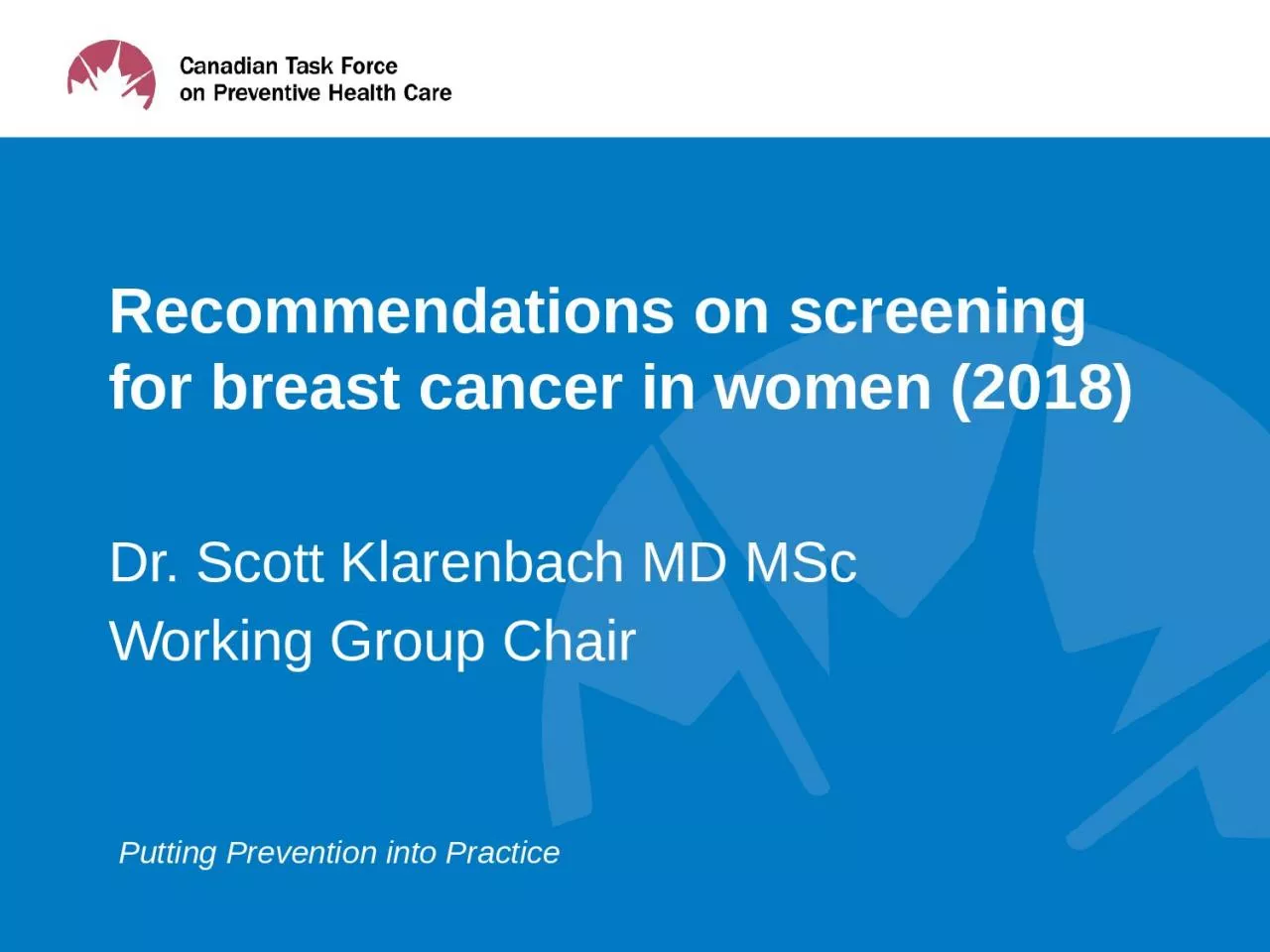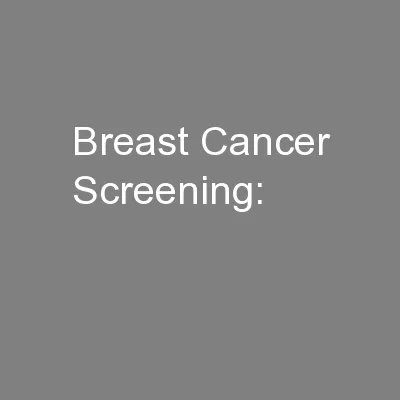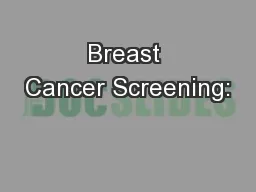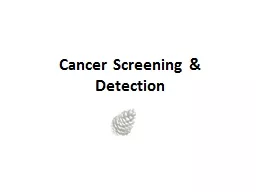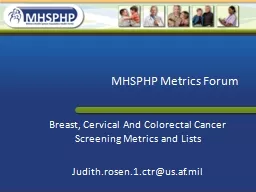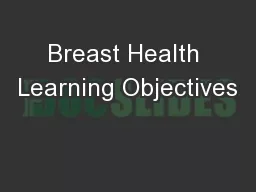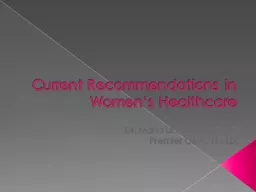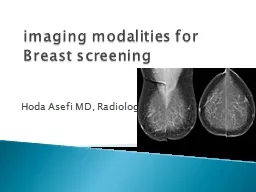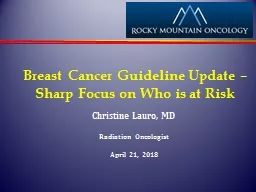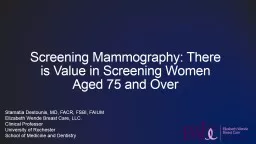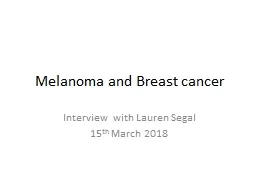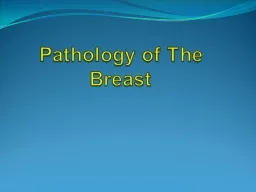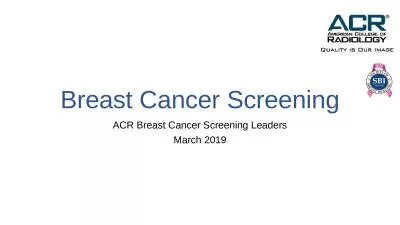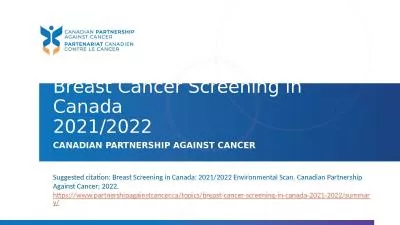PPT-Recommendations on screening for breast cancer in women (2018)
Author : fauna | Published Date : 2023-05-26
Dr Scott Klarenbach MD MSc Working Group Chair Use of Slide Deck These slides are made available publicly following the guidelines release as an educational
Presentation Embed Code
Download Presentation
Download Presentation The PPT/PDF document "Recommendations on screening for breast ..." is the property of its rightful owner. Permission is granted to download and print the materials on this website for personal, non-commercial use only, and to display it on your personal computer provided you do not modify the materials and that you retain all copyright notices contained in the materials. By downloading content from our website, you accept the terms of this agreement.
Recommendations on screening for breast cancer in women (2018): Transcript
Download Rules Of Document
"Recommendations on screening for breast cancer in women (2018)"The content belongs to its owner. You may download and print it for personal use, without modification, and keep all copyright notices. By downloading, you agree to these terms.
Related Documents

